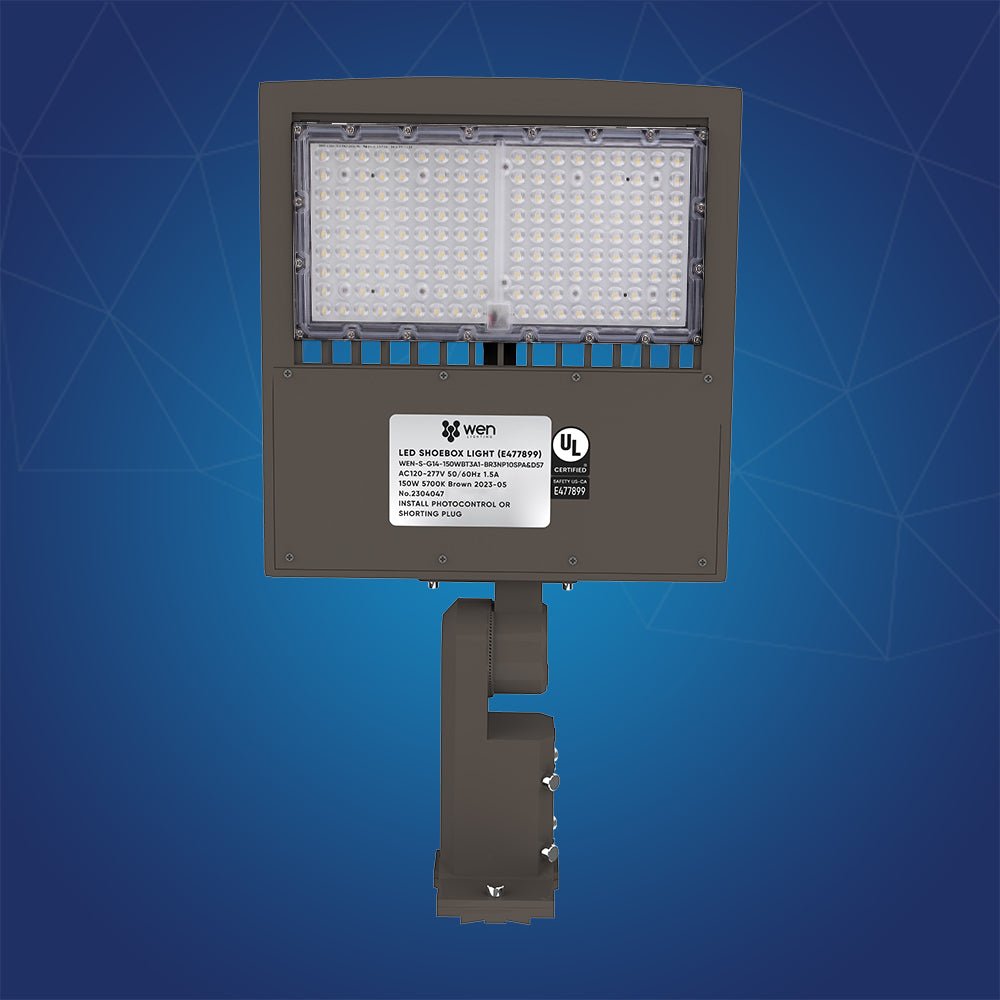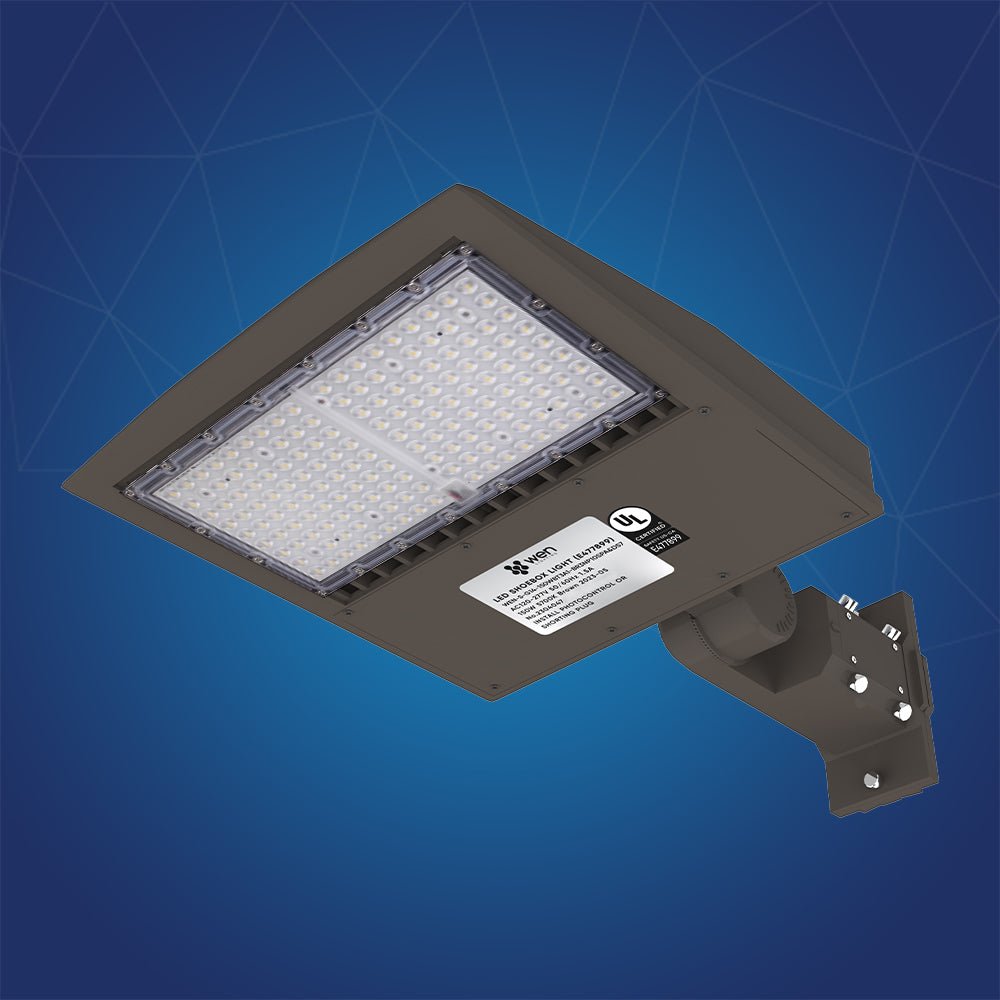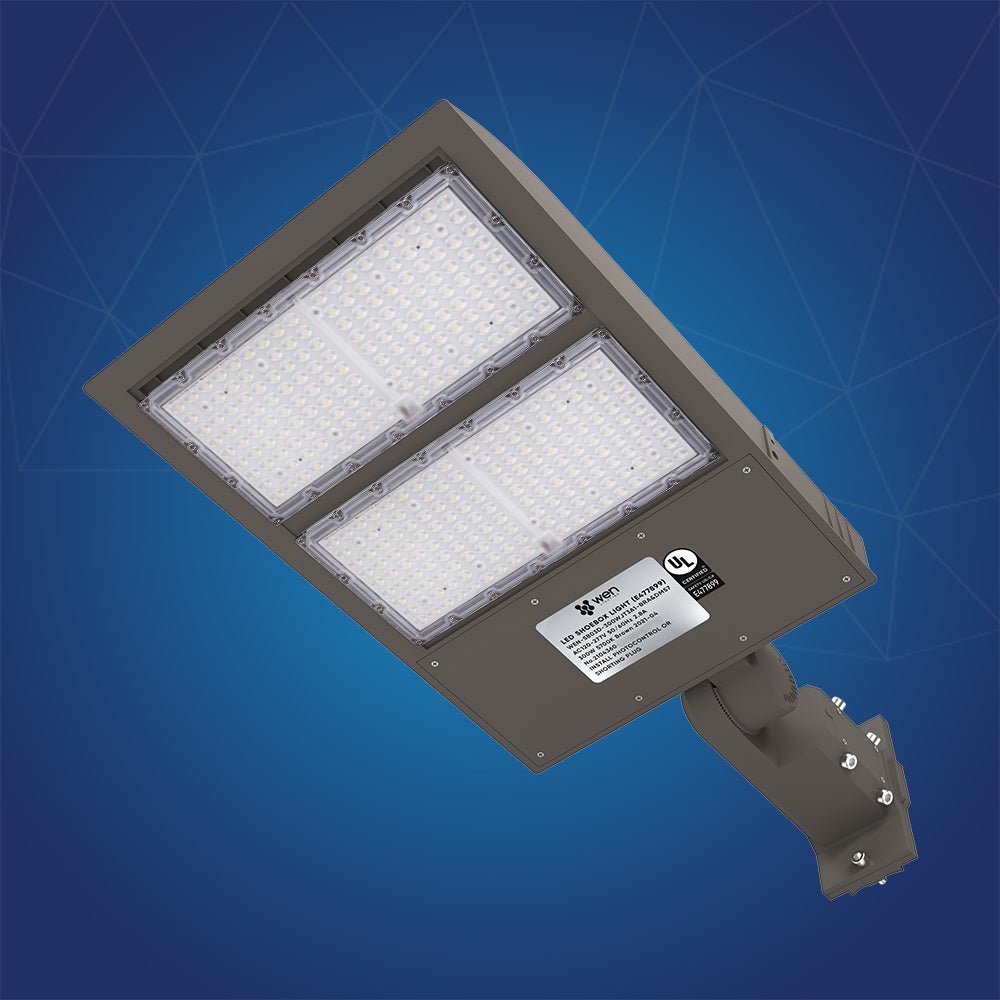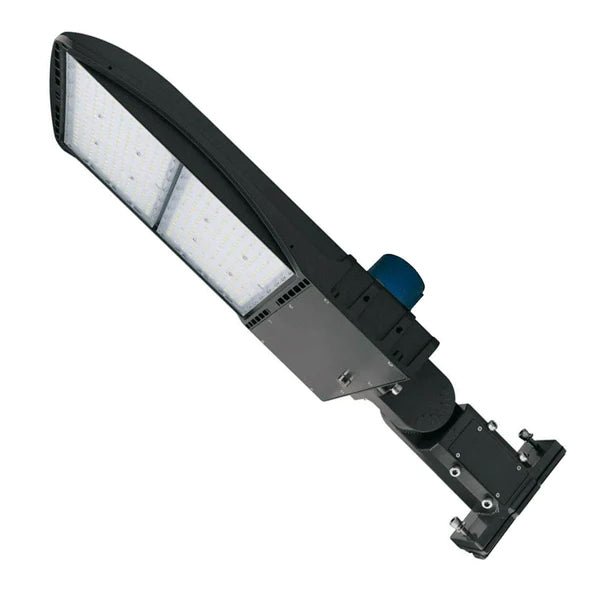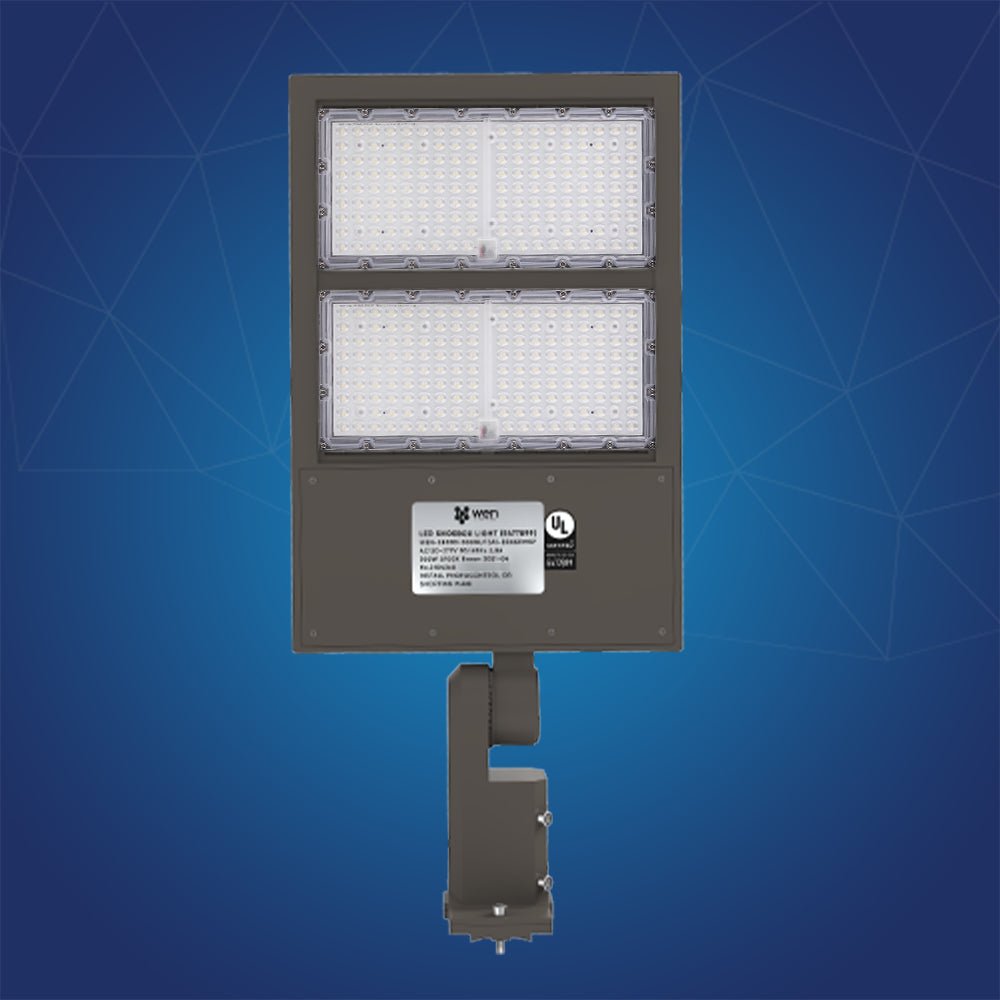LED Street Lights have gained significant popularity in recent years due to their energy efficiency, long lifespan, and low maintenance costs. As cities and municipalities around the world look for ways to reduce energy consumption and minimize environmental impact, LED Road and Street Lighting have emerged as a promising solution. In this article, we will explore the latest advancements in LED street light design technology and their implications for road lighting.
1. Introduction to LED Street Lights
LED Street Lights are lighting fixtures that use light-emitting diodes (LEDs) as the light source. Unlike traditional street lights that use high-pressure sodium (HPS) or metal halide lamps, LED street lights produce light by passing an electric current through a semiconductor, which emits light when energized. LED street lights are known for their efficiency, durability, and versatility, making them ideal for various road lighting applications.
2. Importance of LED Road and Street Lighting
Road and street lighting play a crucial role in ensuring the safety and comfort of road users, including pedestrians, cyclists, and motorists. Adequate lighting is essential for providing clear visibility, reducing accidents, and preventing crime. Traditional street lighting technologies, such as HPS and metal halide lamps, have been widely used for road lighting in the past. However, these technologies have several limitations, including high energy consumption, short lifespan, and frequent maintenance requirements.
The advent of LED street lights has revolutionized road and street lighting, offering numerous benefits over traditional lighting technologies. LED street lights are more energy-efficient, consuming up to 50% less energy compared to HPS lamps. They also have a longer lifespan, lasting up to 10-15 years, which significantly reduces maintenance costs. Moreover, LED street lights provide better quality light, with improved color rendering and uniformity, enhancing visibility and safety on the roads.
3. Evolution of LED Street Light Design Technology
The design of LED street lights has evolved significantly over the years, driven by advancements in LED technology, lighting design principles, and sustainability requirements. Early LED street lights were characterized by low lumen output, limited color options, and poor thermal management, resulting in lower performance and shorter lifespan.
However, with the rapid progress in LED technology, LED street light design has improved significantly. Modern LED street lights are equipped with high-performance LEDs, advanced optics, and efficient thermal management systems to ensure optimal performance and durability. Moreover, LED street light design has also incorporated smart features, such as dimming controls, motion sensors, and remote monitoring, allowing for better energy management and maintenance planning.
4. Advantages of LED Street Light Design Technology
The adoption of LED street light design technology offers several advantages over traditional lighting technologies. Some of the key advantages include:
- Energy Efficiency: LED street lights are highly energy-efficient, consuming less electricity compared to traditional lighting technologies. This translates into significant energy savings and reduced electricity bills for municipalities and cities.
- Long Lifespan: LED street lights have a longer lifespan compared to traditional lamps, reducing the need for frequent replacements and maintenance. This results in lower maintenance costs and reduced disruption to road users.
- Environmental Sustainability: LED street lights are environmentally friendly, as they do not contain harmful substances, such as mercury, which is hazardous to the environment. Additionally, LED street lights have lower carbon emissions due to their energy-efficient nature, contributing to a greener and more sustainable lighting solution.
- Improved Visibility and Safety: LED street lights provide better quality light with improved color rendering and uniformity, resulting in enhanced visibility on the roads. This leads to increased safety for road users, including pedestrians, cyclists, and motorists.
- Flexibility in Design: LED street light design offers flexibility in terms of optics, beam angles, and color temperature, allowing for customized lighting solutions based on the specific requirements of the road and surrounding environment. This enables better control over light distribution, minimizing light pollution and optimizing illumination levels.
- Smart Features: LED street lights can be integrated with smart features, such as dimming controls, motion sensors, and remote monitoring, enabling intelligent energy management, proactive maintenance planning, and increased operational efficiency.
5. Factors to Consider in LED Street Light Design
Designing LED street lights requires careful consideration of various factors to ensure optimal performance and efficiency. Some of the key factors to consider in LED street light design include:
-
Road Classification: The classification of the road, such as local roads, highways, or expressways, determines the required light levels and spacing between street lights. This information is critical in determining the appropriate wattage, optics, and mounting height of LED street lights.
-
Lumen Output: The lumen output of LED street lights should be selected based on the desired light levels and uniformity requirements of the road. Factors such as road width, speed limits, and surrounding ambient light levels should be taken into account to determine the appropriate lumen output for LED street lights.
-
Optics and Beam Angles: Optics and beam angles of LED street lights determine the light distribution and coverage on the road. Different road geometries, such as straight roads, curves, or intersections, may require different optics and beam angles for optimal performance.
-
Color Temperature: The color temperature of LED street lights affects the visual perception of road users and should be selected based on the desired ambiance, safety, and visual comfort requirements. Warmer color temperatures (2700K-4000K) are typically used for residential areas, while cooler color temperatures (5000K-6500K) are preferred for highways and expressways.
-
Thermal Management: Proper thermal management is crucial for LED street lights to ensure optimal performance and longevity. LED street lights generate heat during operation, and effective heat dissipation mechanisms, such as heat sinks or thermal pads, should be incorporated into the design to prevent overheating and premature failure.
-
Smart Controls: Smart controls, such as dimming controls, motion sensors, and remote monitoring, can be integrated into LED street lights for better energy management and maintenance planning. The selection and integration of smart controls should be based on the specific requirements of the road and lighting project.
6. Innovations in LED Street Light Design
LED street light design has seen continuous innovations to improve performance, efficiency, and sustainability. Some of the notable innovations in LED street light design include:
-
Integrated Solar Panels: LED street lights can be designed with integrated solar panels to harness solar energy during the day and use it to power the lights at night. This eliminates the need for external power sources, reducing energy costs and environmental impact.
-
Wireless Communication: LED street lights can be equipped with wireless communication capabilities, allowing for remote monitoring, control, and data collection. This enables proactive maintenance planning, real-time performance monitoring, and efficient energy management.
-
Smart Lighting Controls: LED street lights can be integrated with advanced lighting controls, such as dimming controls, motion sensors, and adaptive lighting, to optimize energy consumption based on real-time road conditions, traffic patterns, and ambient light levels. This enables dynamic lighting solutions that adapt to the needs of the road and surrounding environment, resulting in further energy savings and improved performance.
-
Advanced Optics: LED street lights can be designed with advanced optics, such as asymmetrical optics or multi-layered optics, to achieve precise light distribution and minimize light pollution. These advancements in optics enable better control over the direction and intensity of light, resulting in improved visibility and safety on the roads.
-
Modularity and Upgradability: LED street lights can be designed with modular components, allowing for easy maintenance, upgrades, and replacements. This reduces downtime and extends the lifespan of the lighting system, resulting in lower maintenance costs and improved sustainability.
-
Smart City Integration: LED street lights can be integrated into smart city initiatives, where lighting can be synchronized with other smart city systems, such as traffic management, public safety, and environmental monitoring. This integration enables data-driven decision-making, improved energy efficiency, and enhanced urban planning.
7. Conclusion
LED street light design technology has revolutionized road and street lighting, offering numerous benefits such as energy efficiency, sustainability, improved visibility, and flexibility in design. The advancements in LED street light design have resulted in innovative solutions that cater to the specific requirements of different roads and environments, providing optimized lighting solutions that enhance safety and efficiency. With continuous innovations and advancements, LED street lights are expected to play a significant role in the future of road and street lighting, contributing to greener and smarter cities.
8. FAQs (Frequently Asked Questions)
-
What are LED street lights? LED street lights are lighting fixtures that use light-emitting diodes (LEDs) as the light source to illuminate roads and streets.
-
Why are LED street lights preferred for road and street lighting? LED street lights are preferred for road and street lighting due to their energy efficiency, long lifespan, improved visibility, and flexibility in design.
-
How do LED street lights contribute to sustainability? LED street lights are energy-efficient, resulting in lower energy consumption and reduced carbon emissions. Additionally, LED street lights can be integrated with smart features for intelligent energy management, proactive maintenance planning, and increased operational efficiency.
-
What factors should be considered in LED street light design? Some of the key factors to consider in LED street light design include road classification, lumen output, optics and beam angles, color temperature, thermal management, and smart controls.
-
What are some innovations in LED street light design? Some innovations in LED street light design include integrated solar panels, wireless communication, smart lighting controls, advanced optics, and modularity for easy maintenance and upgradability.

















































































